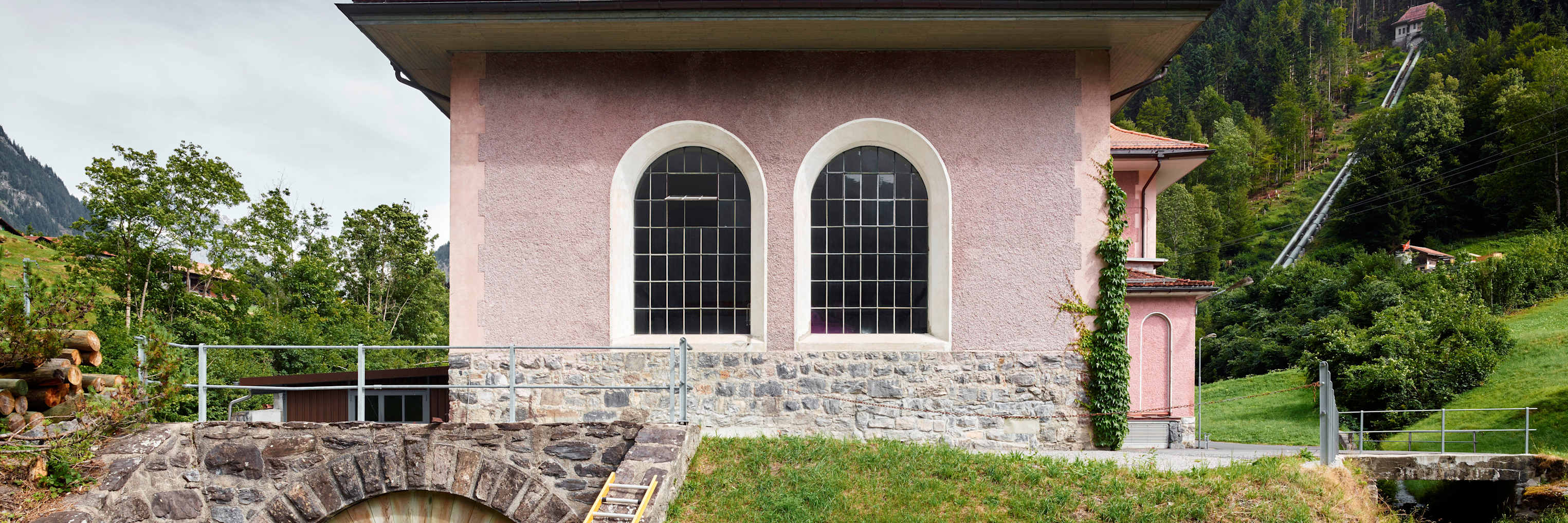The Jungfrau Railways are planning a 11 hectare alpine solar system on Alp Hintisberg. The goal is to produce around 12 GWh per year. This means that 3,000 households can be supplied. On Friday, November 24, 2023, a majority at the community meeting of the Lütschental community said yes to an alpine Hintisberg solar power plant. The people of Lütschental had dealt intensively with the project, as was shown by a well-attended information event a few weeks before the vote. The Hintisberg mountain community, which will, among other things, receive compensation per kilowatt hour produced, had already given the project the green light in June 2023.
With the approval of the Hintisberg solar power system, a step has been taken towards a self-sufficient, sustainable power supply. This will lead to attractive electricity prices in the long term. The system will produce valuable electricity, especially during the day in winter, when a lot of electricity is needed in our network and it has to be purchased expensively on the market. With an alpine solar system, less of this expensive electricity has to be purchased. This promotes lower electricity prices. Private households will benefit from this just as much as the Jungfrau Railways.
The building application (alpine photovoltaic system) and application for planning approval (medium-voltage cable lines, transformer stations) were open to the public from 1 May to 2 June 2025. No objections were received to the application for the alpine photovoltaic plant within this period. One objection was lodged against the application for planning approval. It now remains to be seen whether the issue can be resolved and within what timeframe. If the building permit is granted, the first preliminary work will start in late autumn 2025. The first major expansion stage is realistically scheduled for 2026.


